Embarking on the path of transforming your art style is akin to embarking on a journey of self-discovery and creative rebirth. It’s a process that holds the promise of unveiling new dimensions within your artistic expression.
Changing your art style is not just a technical shift; it’s a profound evolution of your visual language.
This journey calls for a willingness to explore uncharted territories, experiment with diverse techniques, and draw inspiration from unexpected sources.
In this guide, we’ll delve into a comprehensive roadmap, offering insights and practical steps to facilitate this transformative process. So, let’s embark on this artistic odyssey, where every stroke is a step towards a redefined artistic identity.
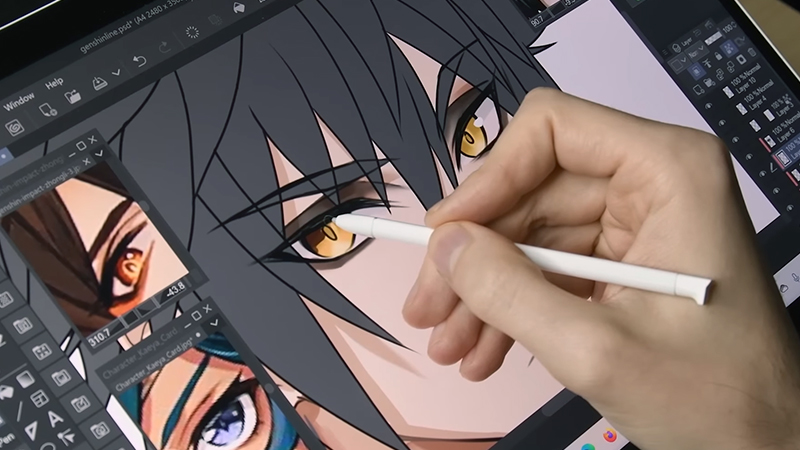
How to Change Your Art Style?
Changing your art style can be an exciting and transformative journey for any artist.
Whether you’re looking to evolve your technique, experiment with new mediums, or explore different inspirations, the process of changing your art style can lead to personal growth and artistic development.
Here are step-by-step to guide you through this creative transformation:
1. Reflect on Your Current Style
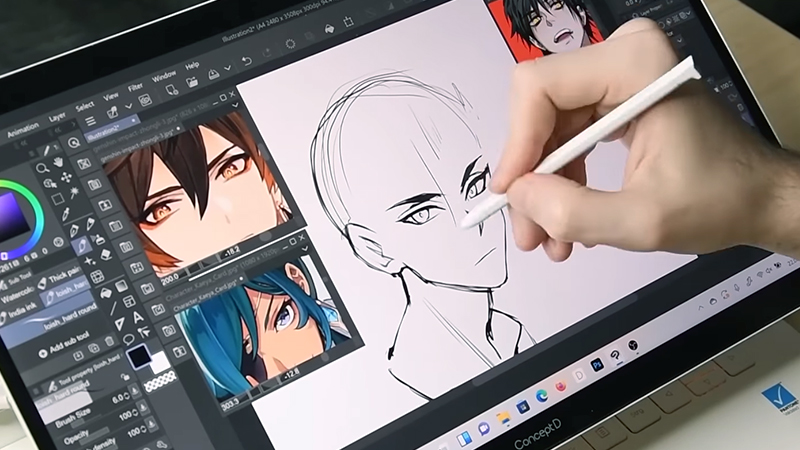
Take the time to dissect your current style into its fundamental components. Analyze the way you handle lines, colors, and shapes.
Consider the emotions and themes that tend to recur in your work. Understanding the essence of your current style will serve as a solid foundation for the changes you wish to make.
2. Research and Inspiration

Immerse yourself not just in art, but in the world around you. Observe how light falls on objects, how shadows create depth, and how colors interact in everyday life.
Look beyond the canvas for inspiration, finding beauty in nature, architecture, and human expression.
3. Experiment with Different Mediums
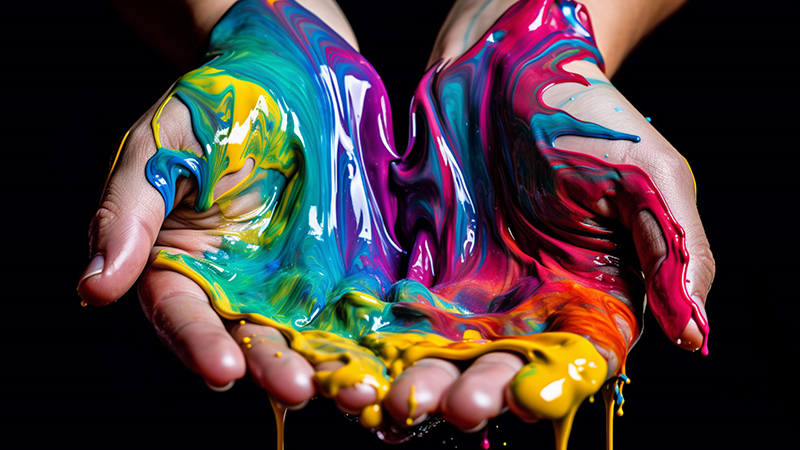
Each medium has its own unique characteristics and possibilities. Dive into the world of oils, watercolors, pastels, or digital tools.
Understand how they respond to your touch and how they can be manipulated to convey different moods and textures in your art.
4. Study Techniques and Methods
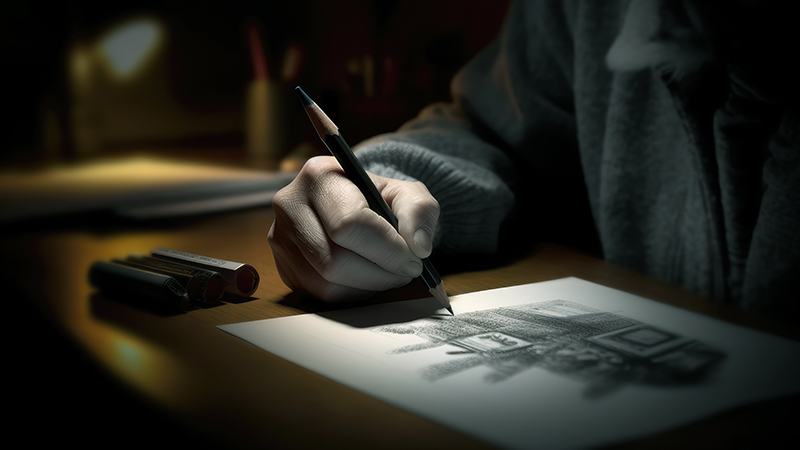
Delve into the intricacies of various techniques. Learn about cross-hatching, stippling, impasto, or glazing. Understand the principles of composition, perspective, and color theory.
Mastery of these technical aspects can provide you with a broader toolkit to express your artistic vision.
5. Explore Different Subjects
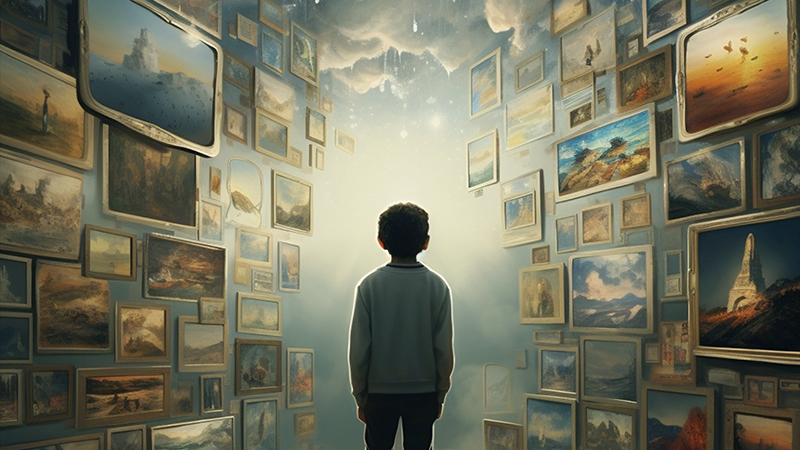
Challenge yourself to see the world through different lenses. If you’re accustomed to painting still life, venture into the dynamic world of urban landscapes or the evocative realm of portraiture. This shift in subject matter can be a wellspring of fresh ideas and perspectives.
6. Embrace Challenges
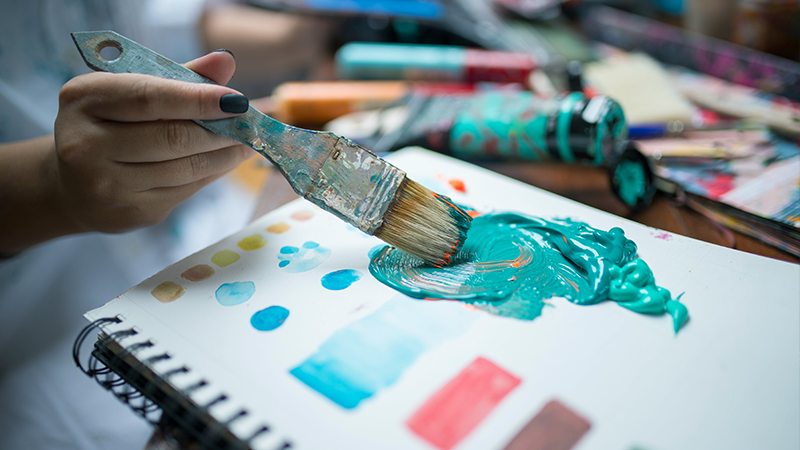
Confronting challenges is where real growth occurs. Push your boundaries.
Try a style that feels uncomfortable at first, experiment with unconventional techniques, or tackle subjects that you find particularly demanding. These moments of discomfort are often the catalysts for breakthroughs.
7. Practice Regularly
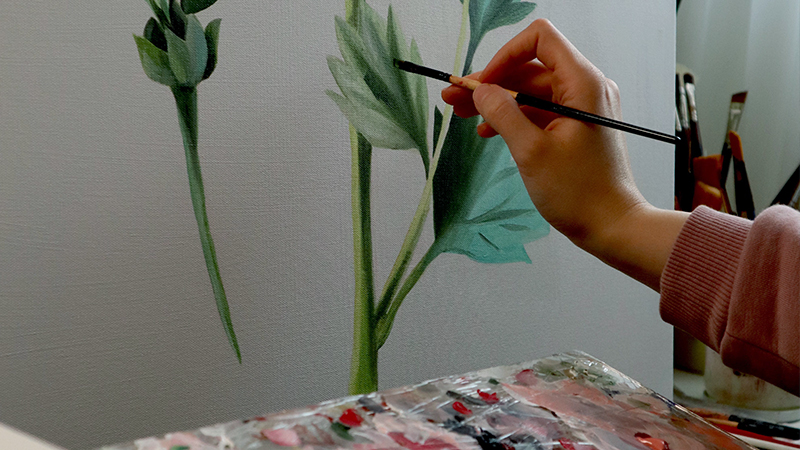
Consistency is the backbone of artistic development. Dedicate specific time slots in your schedule to practice and experiment. This regularity not only hones your technical skills but also helps to maintain a strong creative momentum.
8. Seek Feedback
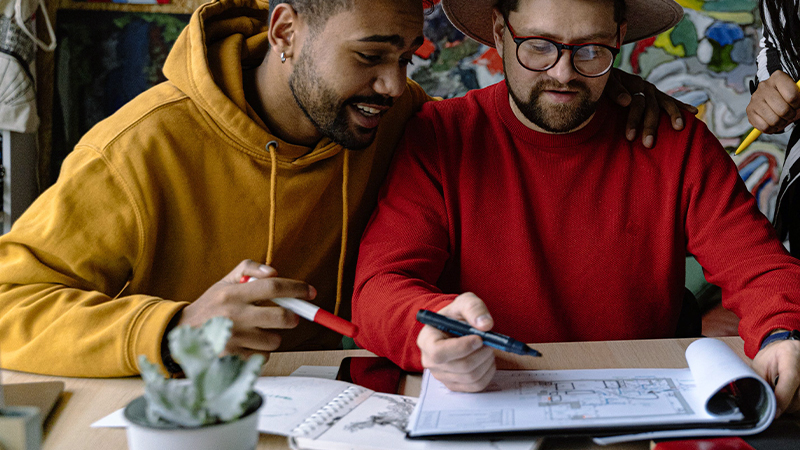
Share your work with peers, mentors, or online communities. Constructive criticism can offer fresh perspectives and insights you might not have considered.
It’s an invaluable resource for refining your technique and understanding how your art resonates with others.
9. Keep a Visual Journal
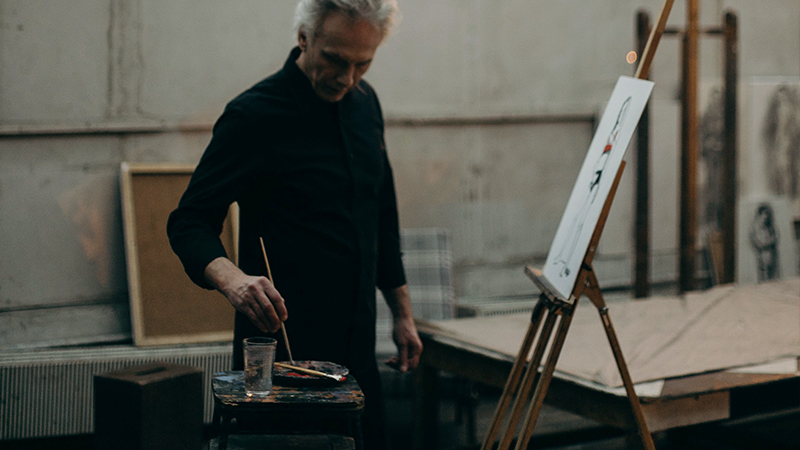
Your visual journal is a sanctuary for creative exploration. Use it to document ideas, jot down observations, and experiment with new techniques. It’s a tangible record of your artistic journey and a testament to your growth and evolution.
10. Mix and Match Elements
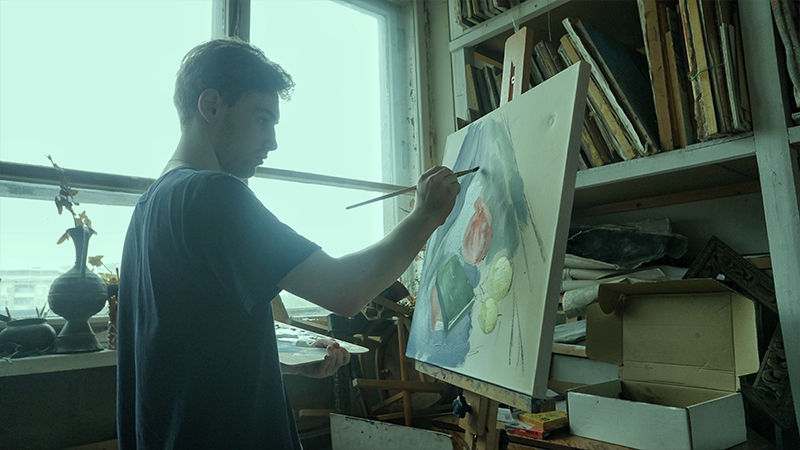
Fusion is where innovation thrives. Blend elements from different styles, mediums, and techniques. Let impressionism meet abstraction, or digital art meet traditional painting. This synthesis of influences can lead to the birth of a style that is uniquely your own.
11. Allow for Unplanned Creativity
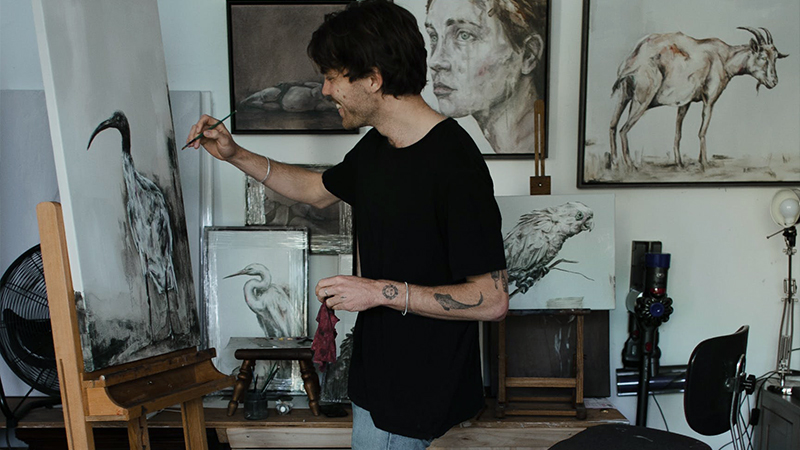
Give yourself the space to create without a predetermined outcome. Let go of rigid planning and let your instincts guide you.
Some of the most compelling and original pieces emerge from these moments of unscripted inspiration.
12. Edit and Refine
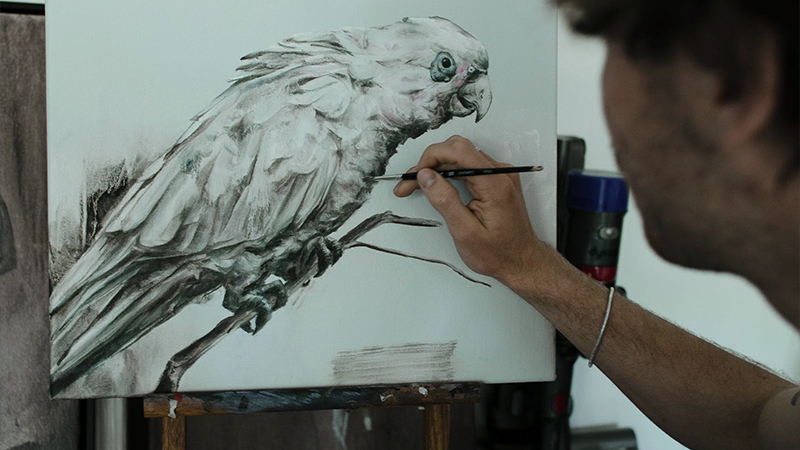
Revisiting your work with a discerning eye is a critical part of the artistic process. Identify areas that can be enhanced or reworked. This iterative approach to your art ensures that you’re constantly pushing for improvement and growth.
13. Stay Patient and Persistent
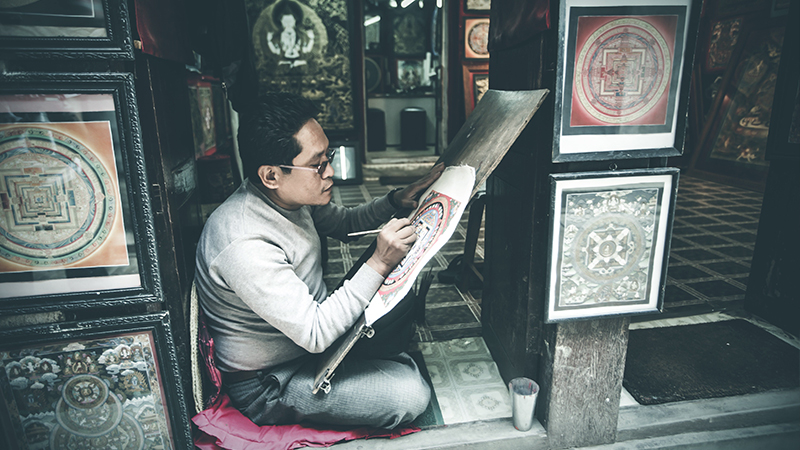
Understand that change takes time. It’s a journey filled with ups, downs, and plateaus. Trust in your ability to learn and adapt. Every brushstroke, every sketch, and every experiment contributes to your growth as an artist.
14. Celebrate Milestones
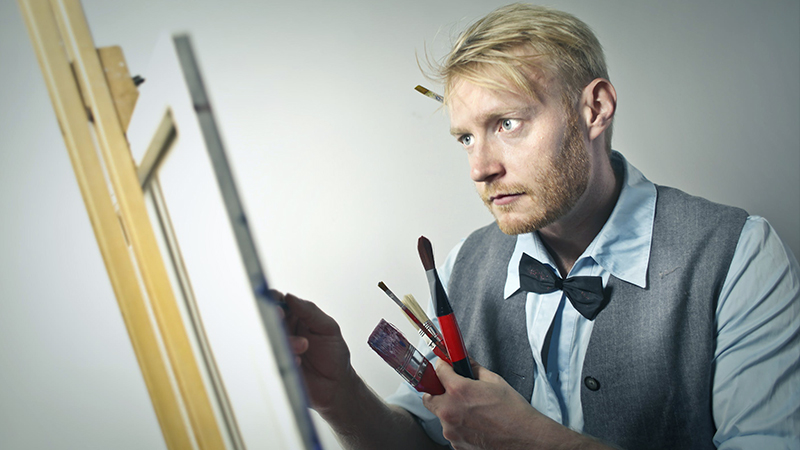
Acknowledge your achievements, no matter how small they may seem.
Completing a particularly challenging piece, mastering a complex technique, or even just maintaining a consistent practice routine are all significant milestones. They’re markers of progress and a testament to your dedication.
15. Embrace Your Unique Voice
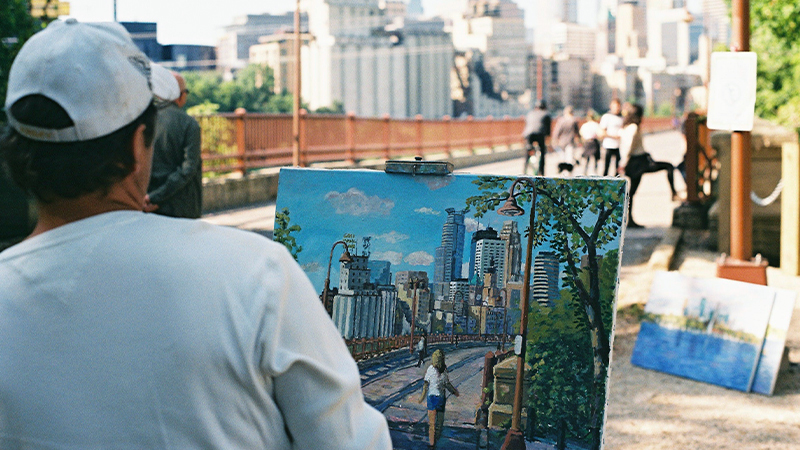
Your art is an extension of you, your experiences, and your perspective. As you navigate this transformation, celebrate the aspects that make your voice unique.
Your individuality is your greatest asset. Embrace it, and let it shine through in every stroke and composition. It’s what sets your art apart and makes it resonate with others.
Benefits of Changing Your Art Style
Changing your art style can offer numerous benefits for artists, both personally and creatively.
Here are some of the advantages of exploring different artistic styles:
Artistic Growth and Development
Changing your art style involves a process of continuous learning and skill-building.
It encourages you to seek out new techniques, experiment with different mediums, and refine your artistic abilities. This ongoing journey of growth and development is essential for evolving as an artist.
Expanded Creative Horizons
Exploring different styles opens up a world of creative possibilities. You’ll discover alternative ways to approach subjects, experiment with varied compositions, and play with a diverse range of color palettes.
This diversity enriches your artistic repertoire and leads to a more dynamic and captivating body of work.
Overcoming Stagnation
Artistic stagnation can be a common challenge for artists who stick to a single style for too long. By changing your style, you inject a fresh energy and renewed sense of curiosity into your art.
This shift helps break through creative ruts, preventing your work from becoming predictable or formulaic.
Versatility and Adaptability
Mastering different styles and techniques makes you a more versatile artist. You become adept at adapting your style to suit various projects, commissions, or creative challenges.
This versatility not only expands your artistic toolkit but also makes you more marketable in a diverse range of artistic endeavors.
Unique Artistic Voice
Through the exploration of various styles, you have the opportunity to cultivate a truly distinctive artistic voice.
By amalgamating influences, experiences, and techniques, you can craft a style that is unmistakably yours. This uniqueness sets you apart in the art world and allows your work to resonate with a wider audience.
Emotional Expression
Different styles have the power to convey a wide spectrum of emotions and themes.
Changing your style allows you to tap into these varied emotional landscapes, enabling you to express yourself in ways that may not have been possible with your previous style.
This deeper emotional resonance infuses your work with greater depth and authenticity.
Fresh Inspiration
Switching styles revitalizes your creative spirit. It introduces fresh inspiration, sparks new ideas, and invigorates your artistic process.
This newfound enthusiasm infuses your work with a renewed sense of purpose and excitement, making your creative journey more fulfilling and rewarding.
Adapting to Trends and Markets
The art world is dynamic, with trends and market demands constantly evolving. Changing your style allows you to stay relevant and aligned with current artistic movements.
This adaptability positions you to respond to shifts in the art industry, increasing your chances of gaining recognition and success.
Enhanced Problem-Solving Skills
Adapting to different styles requires a heightened level of problem-solving and critical thinking.
It encourages you to find innovative solutions to artistic challenges, fostering a more analytical and resourceful approach to your work. This skill set enhances your ability to tackle complex projects and create visually compelling pieces.
Increased Resilience
Embracing change in your art style cultivates adaptability and resilience as an artist. It teaches you to navigate uncertainty, take creative risks, and grow through challenges.
This resilience not only strengthens your artistic practice but also empowers you to face any obstacles that may arise in your artistic journey.
Tips for Changing Your Art Style
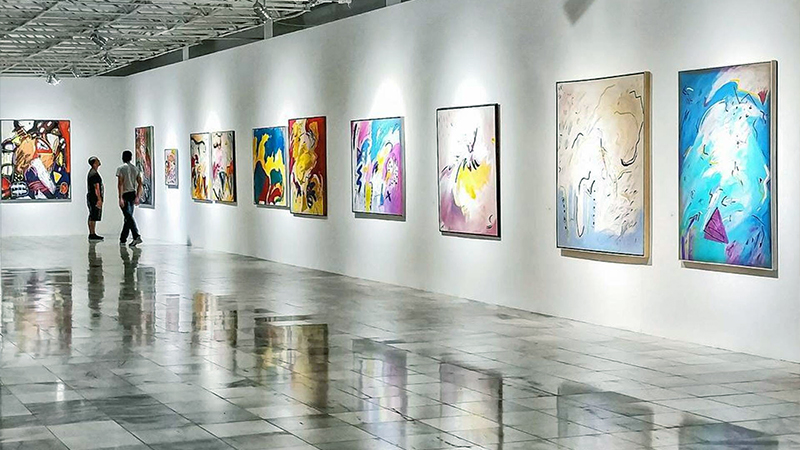
Embarking on a journey to change your art style is an exciting endeavor that can lead to newfound creativity and self-discovery.
Whether you’re looking to infuse new techniques, explore different mediums, or evolve your artistic expression.
Here are some valuable tips to guide you through this transformative process:
Start with Inspiration and Research
Begin by immersing yourself in a wide range of art forms, both historical and contemporary.
Study the works of artists you admire and analyze their techniques, use of color, and unique styles. This initial exploration will serve as a wellspring of inspiration for your own artistic evolution.
Experiment with Various Mediums
Embrace the opportunity to work with different tools and materials. Try out a diverse range of paints, pencils, or digital software.
Exploring various mediums will not only expand your technical skills but also open up new avenues for creative expression.
Study Techniques and Methods
Invest time in learning and refining specific artistic techniques. Take courses, attend workshops, or delve into instructional resources that focus on areas like brushwork, shading, or perspective.
A solid understanding of these techniques will be instrumental in shaping your new style.
Challenge Yourself with Diverse Subjects
Step out of your comfort zone and explore subjects that may be unfamiliar to you. Whether it’s portraits, landscapes, or abstract concepts, this diversification will provide fresh perspectives and breathe new life into your artistic repertoire.
Embrace Your Comfort Zone, then Push Boundaries
While it’s important to step out of your comfort zone, don’t shy away from incorporating elements from your existing style.
Use this as a foundation and gradually introduce new techniques and approaches. This balanced approach encourages a smooth transition while still pushing creative boundaries.
Document Your Journey
Keep a visual journal or sketchbook dedicated to your artistic exploration. Use this space to experiment freely, jot down ideas, and track your progress.
This record will serve as a tangible reflection of your evolving style and provide insights into your creative process.
Seek Feedback and Constructive Criticism
Share your work with trusted peers, mentors, or online communities. Constructive feedback can offer fresh perspectives and valuable insights that may not have occurred to you. It’s an essential part of refining your evolving style.
Stay Patient and Persistent
Understand that changing your art style is a gradual process that requires time and dedication.
Be patient with yourself and acknowledge that growth takes time. Celebrate small victories along the way, as each step forward is a significant achievement.
Embrace Unplanned Creativity
Allow for spontaneity in your process. Release the need for strict planning and let your instincts guide you. Some of the most innovative and captivating creations emerge from moments of unplanned inspiration.
Celebrate Your Unique Voice
As your style evolves, remember that your artistic voice is a reflection of your experiences, perspectives, and emotions. Embrace what makes your art uniquely yours and let it shine through in every brushstroke and composition.
FAQs
Can I change my art style multiple times?
Absolutely. Artistic evolution is a personal journey, and you’re not limited to just one transformation.
Is it normal to feel uncertain or uncomfortable when changing my art style?
Yes, it’s completely normal. Changing your art style can feel like stepping into unfamiliar territory.
How long does it take to see a noticeable change in my art style?
The timeline for change varies for each artist. Some may experience a noticeable shift relatively quickly, while others may take more time.
Can I incorporate elements from different styles into my new one?
Absolutely. In fact, this is a highly effective way to create a unique and personalized style.
What if I’m attached to my old style but want to try something new?
It’s completely normal to feel attached to your previous style. Remember, evolution doesn’t mean discarding your old style, but rather integrating it into the new.
Wrap Up
In the realm of art, evolution is not only encouraged but essential. Changing your art style is a testament to your commitment to growth and creativity. It’s a journey of self-discovery, pushing boundaries, and embracing the unknown.
Through experimentation with different techniques, mediums, and subjects, you uncover new facets of your artistic voice. Remember, this process is not about discarding the old, but about amalgamating influences into a style that is uniquely yours.
It requires patience, persistence, and a willingness to step out of your comfort zone. Embrace this transformative journey, celebrate every milestone, and revel in the beauty of your evolving artistry.
Leave a Reply